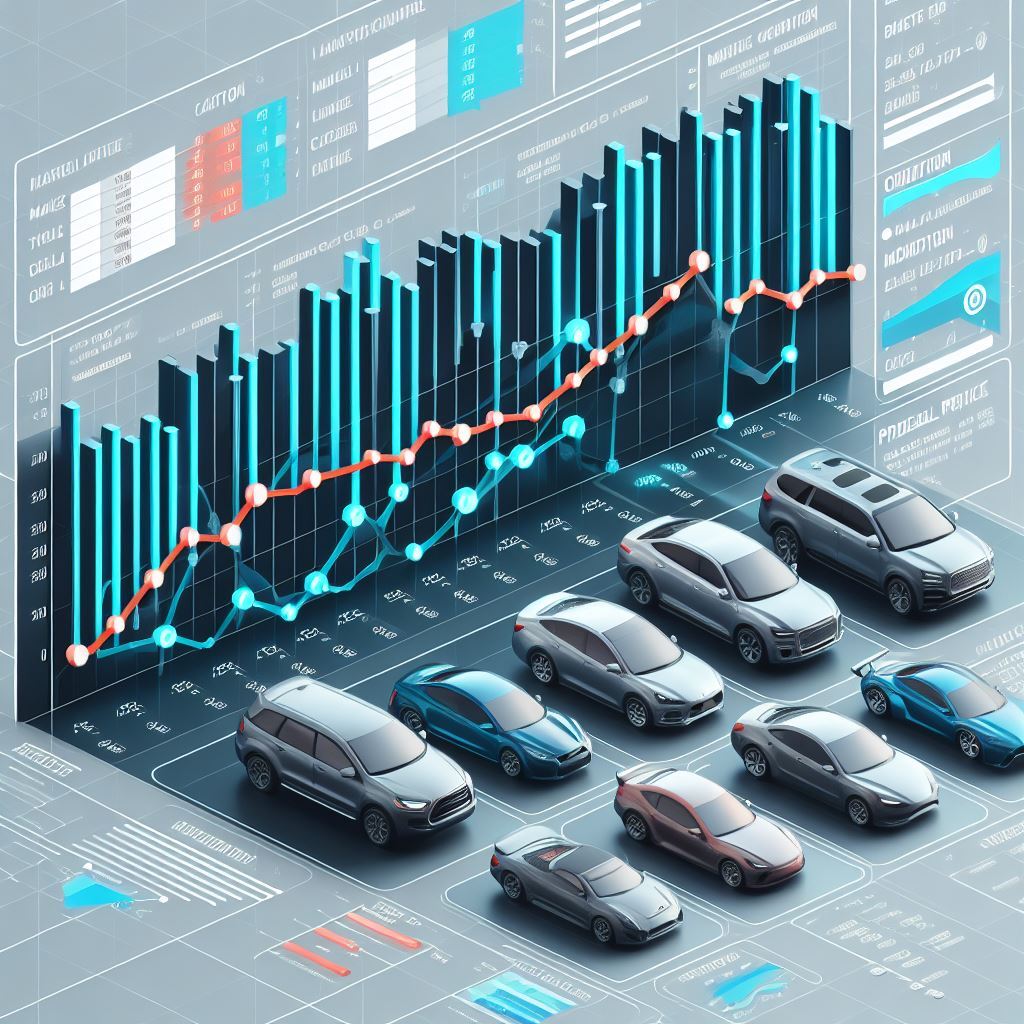Car Price Prediction

In this project, I aim to predict car prices using various machine learning algorithms and techniques. I have gone through a rigorous process of data cleaning, exploratory data analysis (EDA), feature engineering, data preprocessing, model development, and evaluation to arrive at my best-performing model, the Random Forest Regressor.
Project Overview
In this project, I’ve accomplished the following steps:
Data Cleaning: I started by cleaning and preparing the dataset to remove any inconsistencies and missing values.
EDA: Extensive Exploratory Data Analysis was conducted, including univariate, bivariate, statistical testing, and multivariate analysis to gain insights into the data.
Feature Engineering: I employed feature engineering techniques to create new features and enhance the predictive power of my models.
PCA (Principal Component Analysis): Dimensionality reduction through PCA was explored to reduce complexity and improve model performance.
Data Preprocessing: Encoding categorical variables and scaling numerical features was carried out to prepare the data for modeling.
Model Development: I developed several regression models, including Linear Regression, Decision Tree, AdaBoost, Gradient Boosting, and Random Forest Regressor.
Model Evaluation: Thorough model evaluation was performed, and various metrics such as Mean Absolute Error (MAE), Mean Squared Error (MSE), and R-squared were used to compare and select the best-performing model.
Best Model
After evaluating all the models, the Random Forest Regressor emerged as the top performer, demonstrating excellent generalization capabilities.
Technology Used
Exploratory Data Analysis, Statistics, Data Visualization, Machine Learning, Supervised Learning Regression
GitHub Repository Link (Click Here)
Lets Work Together
The technological revolution is changing aspect of our lives, and the fabric of society itself. it’s also changing the way we learn and what we learn


